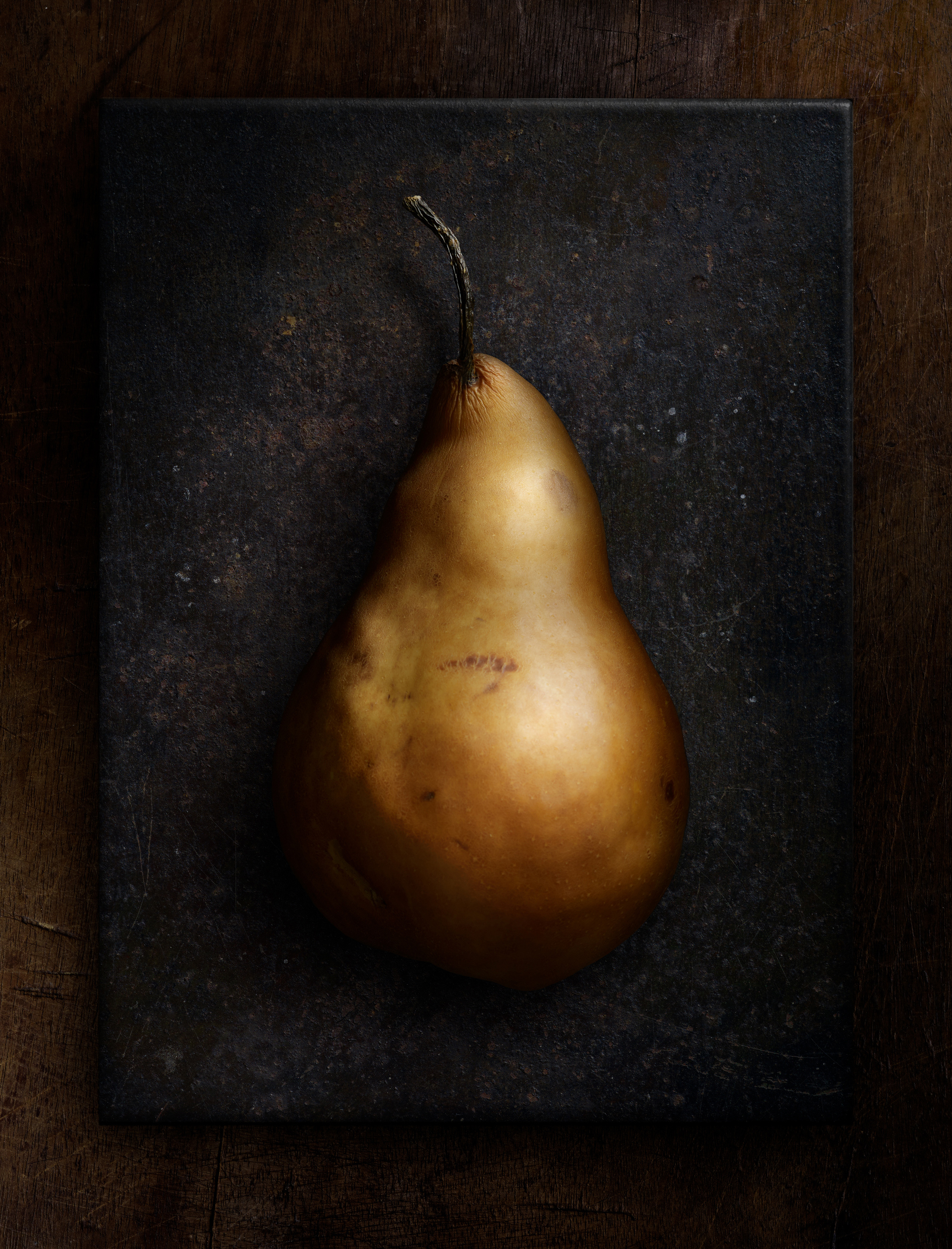The Role of Shadows in Light Painting Still Life Photography
Oct 29, 2025Light painting is (obviously) about the light… and it’s about using light to lift elements from a darker, deeper background while creating depth and dimension. That said, we are also creating depth with shadow.

"Japanese Brushes #3" © Harold Ross
I often mention to my students that "shadows are our friend" and that we should not be afraid of them, especially when lighting subjects (another topic for another post) and in fact, we should embrace them. I also like to say that shadows are desirable, but they should be aesthetically pleasing (meaning soft in their transitions, generally speaking).
Ultimately, we cannot have depth (or dimension) without shadow!
Of course, we see this concept in great paintings. Here is a wonderful use of shadows by one of my favorite contemporary painters, Sarah Lamb:

"Fall Bounty 2" © Sarah Lamb
Of course, the proper use of light in a light painting composition is the most important consideration, but the proper use of shadows in light painting is probably second in terms of importance.
This may sound a little counterintuitive, but we really don't consciously create shadows when light painting. The shadows exist only in areas where we don't place light… This sounds like an oversimplification, but it is very useful to think of it in this way.
And so, when using shadows in light painting, we typically need to create or enhance them in the editing phase in order to elevate the image's depth.
How can shadows work for us?
It really depends on the situation.
Here are three ways in which we can use shadows in our work; I've given them names to clarify their use, and I've included some examples:
1. Grounding Shadows: these are shadows that can be used to help "ground" an object to the surface it is sitting on, very important in a "Flatlay" image, but also important in "normal" still life images, such as the "Japanese Teapot #3" image above. Here is a flatlay example, an image that I made way back in 2019:

"Pear Study" © Harold Ross
2. Separation Shadows: these shadows can help separate a foreground object from a background. Often, these shadows are so subtle that one doesn't even know they're there (you may not even notice it!). That said, a very, very subtle shadow will definately help bring the foreground forward while taking the background back.

"Construction #1" © Harold Ross
3. Distance Shadows: these shadows can virtually “move” a background forward or backward while creating depth. This is a stronger and more intentional application of Separation Shadows. In this example, the shadow gives us an indication of how far back the background is:

"Small Hammer and Anvil" © Harold Ross
We may not always think about them, but shadows are almost as important as light. And they are, indeed, our friends!
Happy Light Painting, everyone... and always remember... Skim The Light.
- Harold
*****
Creating light painted still life images is extremely rewarding, and something which I teach in great detail throughout my comprehensive Light Painting Online Video Course.
See what students are saying about my Online Course Here: Student Testimonials.
You can check out my course and a few introductory videos for FREE when you sign up for a sneak preview of my Light Painting Still Life Online course!
Join the preview course here



